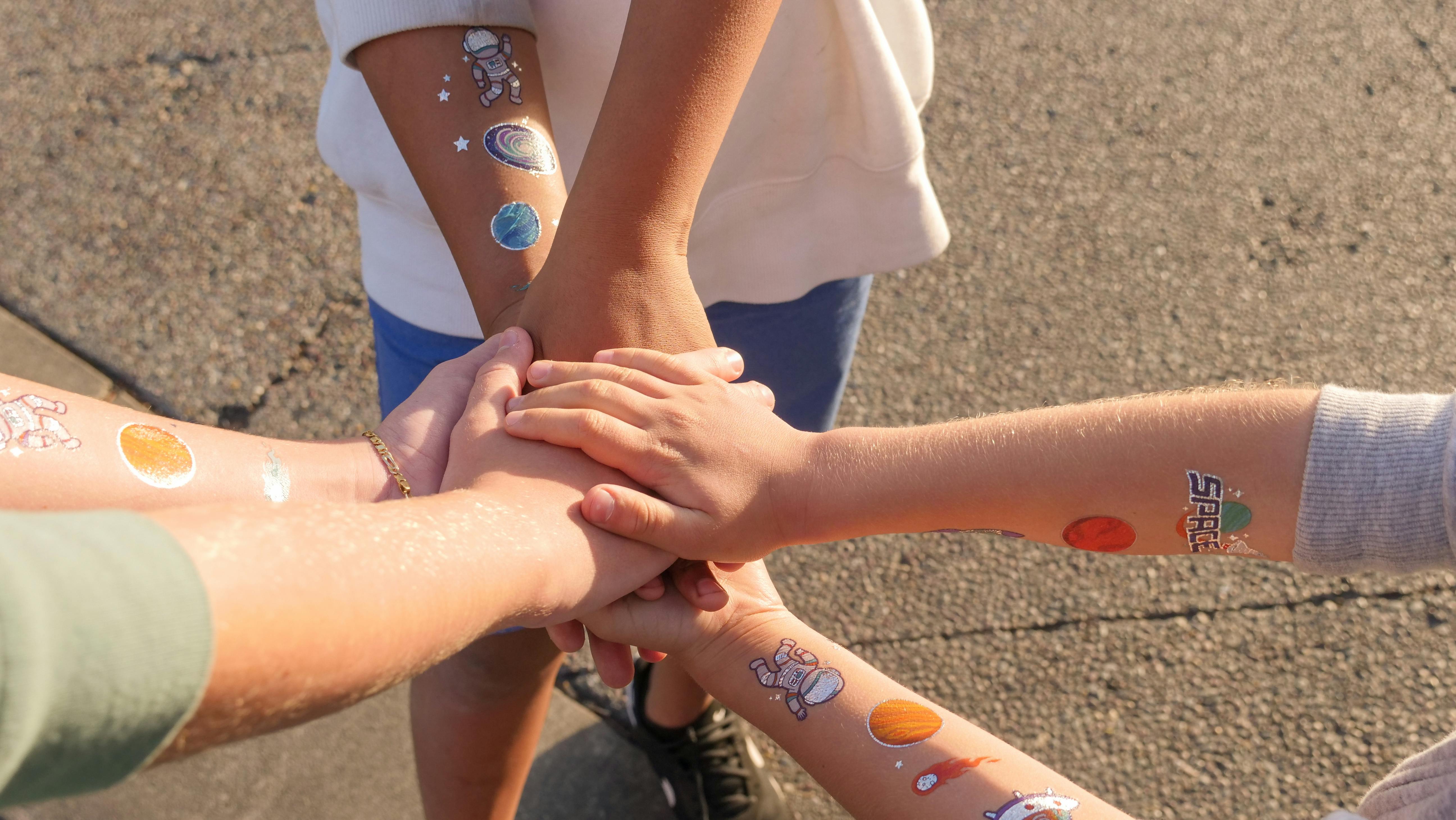Rock Hounding in Southern New Zealand
New Zealand is a country of diversity. This is evident in the form of rocks and minerals that are found in abundance. The South Island of New Zealand offers ample opportunities for the amateur rock hunter to indulge in a small treasure hunt.
The most famous rock in New Zealand is Jade. It is also called Greenstone or Pounamu in the Maori language. It is illegal for anyone other than Maori to remove the greenstone from its river of origin, the Arahura. However, it is possible to find samples in other rivers and on the beaches of the west coast of the South Island. While it’s difficult to tell it apart from its relative, the Serpentine and Bowenite, there are a few tell-tale signs to look for. Greenstone has a soapy feel when wet and maintains shine just by rubbing it in as it absorbs oils from the skin. Greenstone is also heavier than Serpentine and Bowenite. It is not allowed to remove any piece of more than eight kilograms from any place.
Greenstone isn’t the only rock worth looking for. Bowenite, although generally less sought after, contains a beautiful translucency, which gives it a charming appearance when made into jewelry.
There are a variety of semi-precious stones found throughout the South Island. In the Nelson region we find granite and Grossular garnet (a green garnet). Red garnets, jade, tourmaline crystals, and Goodletite * come from the west coast. Agates and jasper abound on the east coast; and pink manganese further south in Otago. These are just a few examples of the delicacies that can be found on the island.
Jasper in a variety of colors, including red, brown, green, and purple, is found in many rivers in North Canterbury. Quartz is easy to locate. Present, but not as common, are moss quartz, carnelian (orange quartz), and smoky quartz.
Accessibility to the material is relatively easy. Most river beds and beaches will produce a variety of rocks to choose from. Several ‘gemstone beaches’ are well known locally, such as Birdlings Flat near Christchurch and Orepuki Beach on the south coast.
Local knowledge is very useful for a rockhound. Chatting with the people of the area is a good way to obtain information little known to the average tourist. People interested in rocks are willing to share places to visit and what mineral you can expect to find.
There are numerous places that are not accessible to the public. The owner’s permission must be obtained before attempting to explore an interesting region. This is where acquiring local knowledge is invaluable. Many wonderful fossil sites and mineral sources originate from privately owned land. However, for the hobbyist, the public areas are sure to delight and provide generous amounts of rocks that are both varied and interesting.
* Goodletite, also called Ruby Rock, is a relatively recent discovery. It featured a mix of sapphire, ruby and tourmaline crystals in an emerald green fuchsite.
